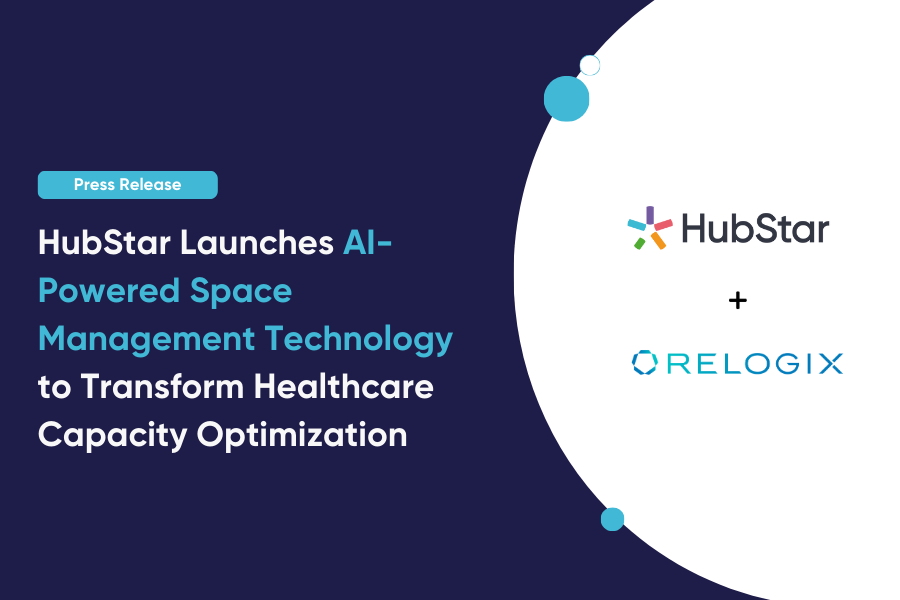Employee Experience Needs to Be a Priority

Contents
Employee experience, or EX as it is commonly referred to in industry parlance, needs to be at the top of your company’s priority list. If you are not familiar with employee experience, you are likely asking yourself what it means and why it is so important? Data has shown that satisfied employees are known to be more productive, happier and improve your bottom line. Need more convincing? Read on as we take a look at how EX has become one of the top priorities of companies around the globe, as the world of work continues to navigate what will be a new normal amid the COVID-19 pandemic.
What is EX?

In order to fully understand why employee experience is so important, we want to first make sure you understand what employee experience entails.
Qualtrics, an experience management company, defines EX in the following way: “From the moment someone looks at your job opening, to the moment they leave your company, everything that the worker learns, does, sees, and feels contributes to their employee experience. For your organization to master employee experience management, you must listen to your people at each stage of the employee lifecycle, identify what matters most to them, and create personalized, bespoke experiences.”
Employee experience encompasses many elements with multiple different touchpoints. Madeline Miles, staff writer at BetterUp, a people experience platform, authored a helpful post about EX entitled, “The employee experience factor – the key for growth and retention.” In her piece, Miles breaks down the “employee lifecycle” into the following 6 stages:
1. Attract
2. Hire
3. Onboard
4. Engage
5. Develop
6. Exit
EX Gaining Importance Amid Pandemic

As we mentioned earlier, the COVID-19 pandemic drastically altered the way that people do their jobs, and many of these changes are likely to be permanent. Considering many workers spent an entire year working remotely – in some cases two years and counting – it is not realistic to think the world of work will return to pre-pandemic operations like nothing ever happened. One area that received increased attention was the flexibility provided by remote work, and that employees could complete many functions of their job from anywhere. The pandemic also put a major spotlight on the way employers think about the happiness and well-being of their workers.
In June of 2021, Willis Towers Watson, an insurance company, conducted a survey of 1,550 employers around the world. Willis Towers Watson’s survey found that 94% of employers said “enhancing the employee experience will be an important priority at their organization over the next three years compared with just 54% that indicated it was important to their organization prior to the pandemic.”
If you are asking what is the reason behind that high number, the survey found, “Most respondents believe a positive employee experience is a key driver of engagement (82%), employee wellbeing (79%), productivity (79%), and ability to attract and retain talent (80%).”
McKinsey & Company, a management consulting firm, has done extensive research about employee experience, and published an informative article on EX and returning to work after the pandemic written by Jonathan Emmett, Gunnar Schrah, Matt Schrimper, and Alexandra Wood.
Wood, Schrah and Schrimper write in part, “The return phase presents an opportunity for companies to rethink the employee experience in ways that respect individual differences—home lives, skills and capabilities, mindsets, personal characteristics, and other factors—while also adapting to rapidly changing circumstances. The good news is that with advances in listening techniques, behavioral science, advanced analytics, two-way communication channels, and other technologies, leaders can now address employee experience in a more targeted and dynamic way. While drilling down on which employees need more and varied types of support, they can also tailor actions that create widely shared feelings of well-being and cohesion across the workforce.”
Why is Employee Experience Important?

So why is so much emphasis being put on employee experience? An article in SearchHRSoftware, an information hub for HR technology which is part of Tech Target, written by Tech Target Technical Writer Kate Brush and Senior Site Editor Diann Daniel, reads in part, “During difficult times, such as the COVID-19 pandemic and recession, attention
to employee experience can help companies become more competitive and prevent the worst repercussions.”
Brush and Daniel continue on to say, “In general, companies that have positive employee experience, as indicated by barometers such as high scores in research studies and inclusion in top places to work lists, also have high customer experience scores and positive revenue growth. Numerous studies show a direct link between employee experience and customer experience. Employee perceptions and experiences will affect every other aspect of a company’s processes. Happy employees who perceive their experience as good are more engaged and complete tasks more effectively and efficiently.”
Disengaged Employees Come with a High Price

In addition to the benefits that come along with employees being happy, it’s important to also be aware of the consequences when they are not. Unhappy and disengaged workers can have a tremendous negative impact on your company’s bottom line.
Alyssa Retallick, writing for Glassdoor, a career website that provides workplace transparency through ratings and reviews of companies made by employees,, offers glaring statistics to drive home the point about how much economic damage having an unhappy workforce can cause for your company. According to the piece by Retallick, “Disengaged employees are estimated to cost the U.S. between $450 billion to $550 billion, according to a Gallup poll. And, according to a CareerBuilder study, 69% of employers say they’ve been negatively affected by a bad hire in the past year. Forty-one percent believe this cost their organization over $25,000, while 24% said it cost them more than $50,000.”
HubStar, is a space utilization software that helps to optimize and creative adaptive workplaces. Our technology works to enable data-driven real estate decisions providing you with proactive insights that can save you money on unnecessary leases and improve employee experiences.



